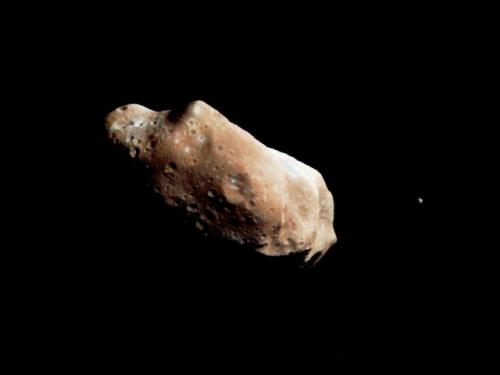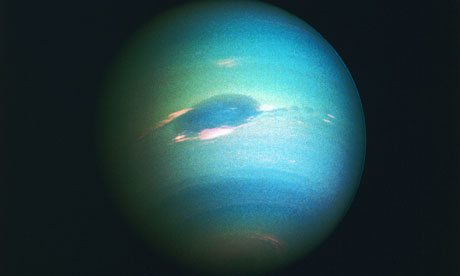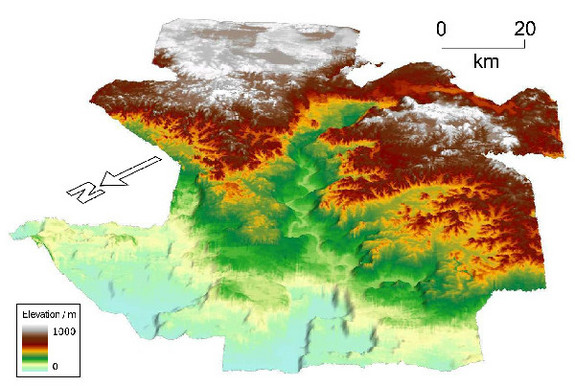
© Scoop
AgResearch's genetically engineered (GE) goat experiments have a new bizarre twist with surviving GE pregnancies producing mostly transgender offspring, that AgResearch staff term 'goys,' according to the Soil & Health Association of NZ.
An AgResearch farm manager recently revealed to Soil & Health and GE Free NZ, during a tour of its Ruakura GE animal field trial site, that most of the GE goats produced were transgender. It appeared that about 75% were "goys" with the remainder female.
"The "goys", females in sterile male bodies, are to be induced into milking to ascertain whether the intended genetically engineered (GE) human protein will be expressed in the milk," said Soil & Health - Organic NZ spokesperson Steffan Browning.
Previous GE cattle pregnancies have only 5% success, with the goats reported to have a success rate of possibly 15%, although one flock of about 18 recipient does failed to hold one GE embryo of a particular experiment. AgResearch has a track record of resultant GE offspring prone to a variety of disabilities including arthritis, respiratory distress, deformities and ruptured ovaries.(1)
"The 15 "goys" we saw had four true sisters, with one induced to milking at six months following AgResearch's in-house ethics committee approval."(2)


